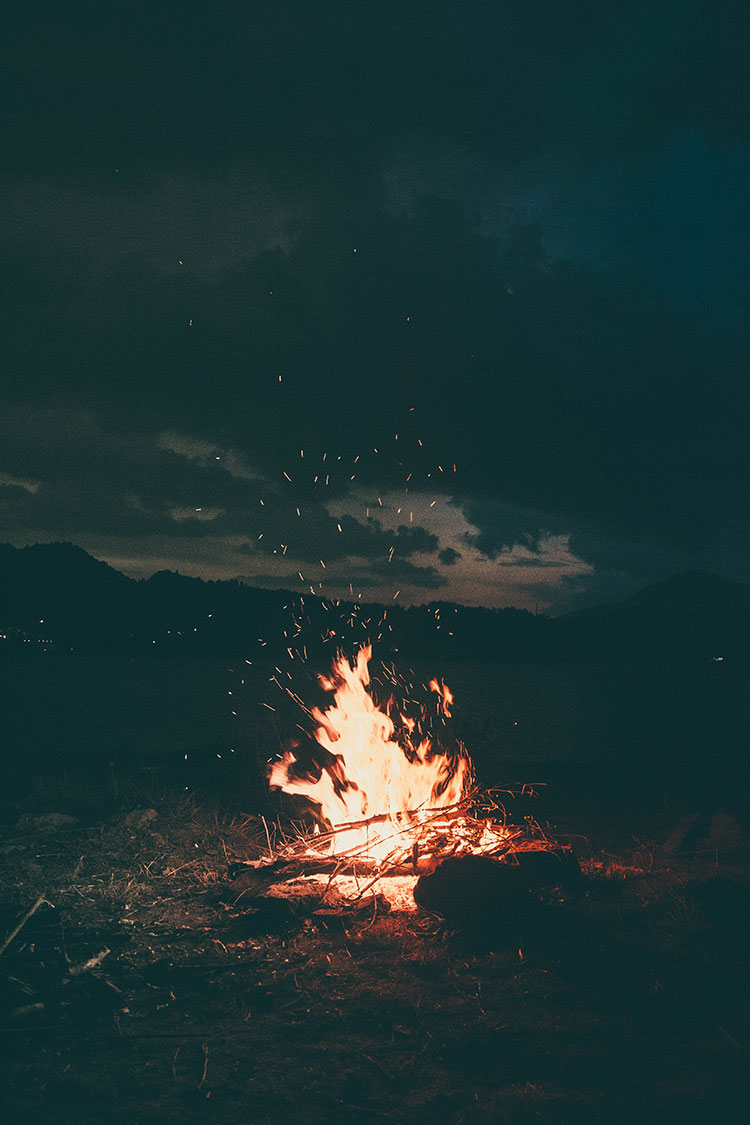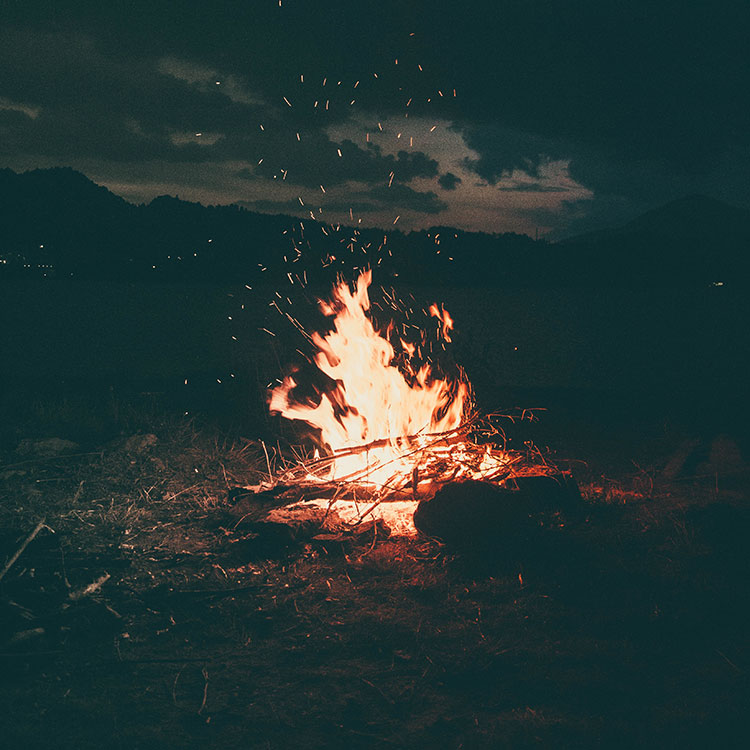With burn season in full swing, Central Fire Protection District would like to offer residents these 8 tips for conducting a safe backyard burn.
The District would also like to remind residents that backyard burns are only allowed with a valid current-year burn permit, on permissible burn days, and in accordance with all District regulations relating to backyard burns.
•••
Eight (8) Tips for Conducting a Safe Backyard Burn
- Check the conditions
 Don’t burn when it’s windy or very dry. Backyard burns are only allowed on permissible burn days as determined by the Monterey Bay Air Resources District.
Don’t burn when it’s windy or very dry. Backyard burns are only allowed on permissible burn days as determined by the Monterey Bay Air Resources District.
Check the burn day status by calling 1-800-CAL-BURN or by visiting their website at https://ssl.arb.ca.gov/pfirs/cb3/cb3.php?id=9. All burn permits issued by Central Fire Protection District fall into the ‘North Central Coast – Coastal Zone’.
- Check local regulations
Current-year burn permits are required for all backyard burns within the District.
Residents of the District can get a permit in-person at the Administration Office at 6934 Soquel Drive.
In addition, residents conducting a backyard burn must follow all backyard burn regulations (you will be issued a complete copy of the District’s regulations for backyard burning when you pick up your permit).
- Burn this, not that
You can burn dry, natural vegetation, grown on the property. Household trash, plastic or tires are illegal to burn.
Proudly Serving the Communities of Capitola, Live Oak, and Soquel
- Look up
Choose a safe burning site away from powerlines, overhanging limbs, buildings, vehicles, and equipment.
You’ll need at least three times the height of the pile of vertical clearance.
- Look around
The site should be surrounded by gravel or mineral soil (dirt) at least 10 feet in all directions.
Keep the surroundings watered down during the burn and have a shovel and fire extinguishing equipment nearby (fire extinguisher, dirt, sand, garden hose, water barrel, etc.).
- Prepare your pile
Keep your piles small and manageable. Burn piles should not exceed 4 feet in diameter by 4 feet high.
Keep your piles covered so they stay dry before burning (wet vegetation causes excessive smoke when burned and is prohibited).
Add additional debris as the fire burns down.
- Remain vigilant
Always stay with your fire until it is completely out.
Drown the fire with water, turn over the ashes with a shovel and drown it again. Repeat several times.
- Check back later
Check the burn area regularly over the next several days and up to several weeks following the burn, especially if the weather is warm, dry, and windy.



